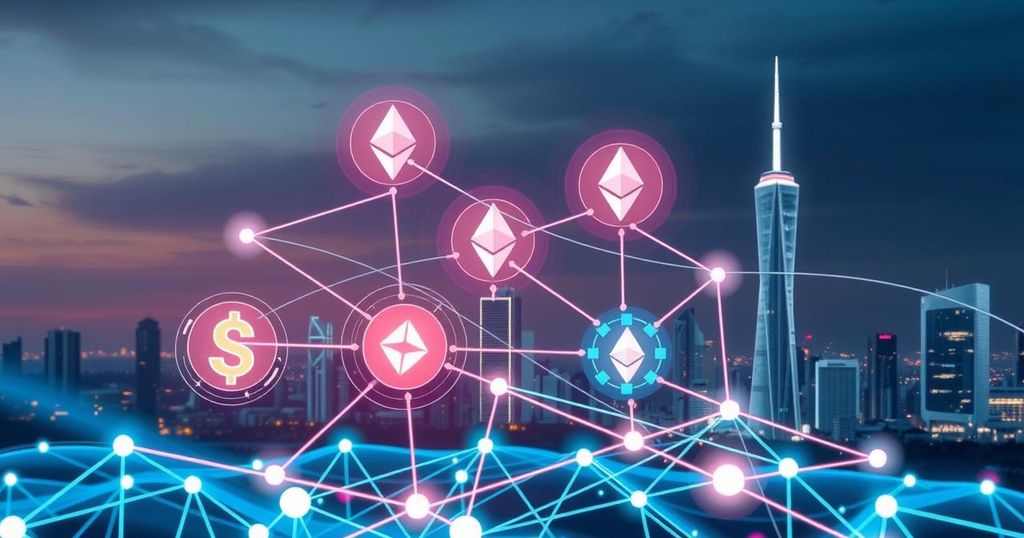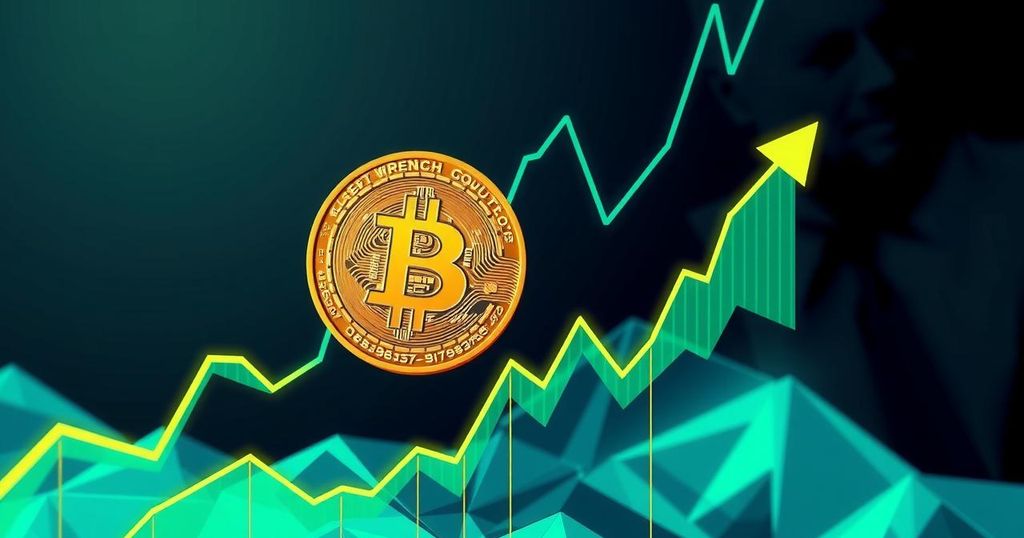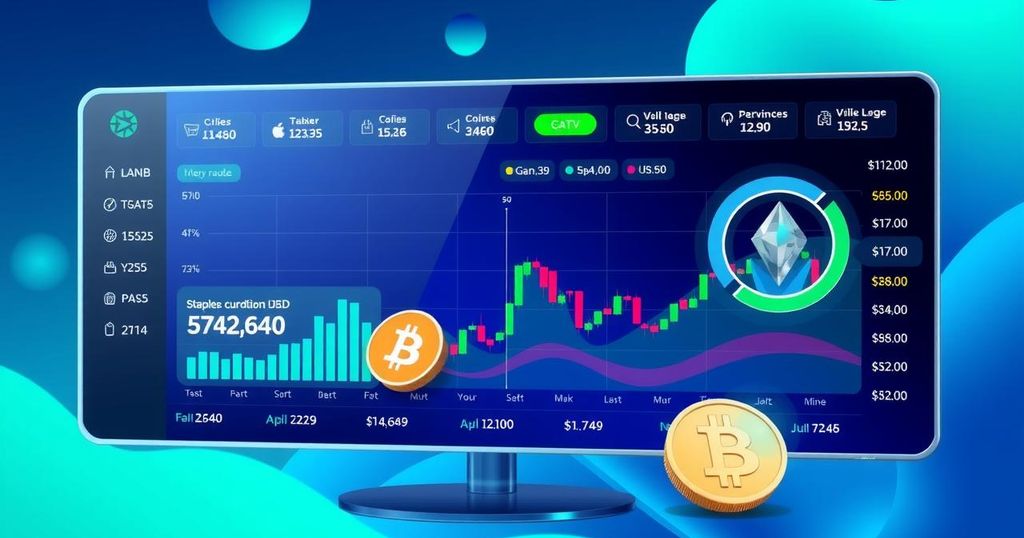Crypto Tech 2024: Key Innovations and 2025 Outlooks
2024 was transformative for crypto tech, spotlighting the Ethereum Duncun upgrade and Solana’s DeFi resurgence. Quantum computing raised security concerns, while Layer-2 solutions gained traction. The integration of AI into blockchain is poised for revolutionary changes, and emerging regulatory hubs may redefine the landscape, leading into an innovative 2025.
In 2024, the crypto world saw remarkable technological advancements, notably Ethereum’s Cancun-Deneb (Duncun) upgrade focusing on scalability and reducing data costs. This pivotal development introduced proto-danksharding, benefiting Layer-2 rollups and emphasizing Ethereum’s dominance as a smart contract leader. Meanwhile, Solana’s DeFi ecosystem surged to a total of $9 billion in value locked (TVL), with institutional support bolstering its growth, showcasing significant user engagement and expanding decentralized applications.
Google’s quantum computing advancements stirred concern among crypto enthusiasts regarding blockchain security vulnerabilities. Despite current quantum capabilities being insufficient to compromise networks, experts stressed the need for quantum-resistant encryption to safeguard digital assets in the future. Alongside this, Layer-2 adoption accelerated with Arbitrum, Optimism, and Base using innovative solutions to tackle Ethereum’s scalability problems, driving developers and decentralized finance (DeFi) projects to new heights.
In the DeFi landscape, Aave captured attention with a new Grayscale fund dedicated to its governance token, while Uniswap Labs announced a new Layer-2 blockchain called Unichain, aiming for a 2025 launch. Additionally, MakerDAO underwent a significant transformation, rebranding as Sky and introducing new governance and stablecoin features to enhance its roadmap. As 2025 looms, the intriguing fusion of AI with blockchain technologies hints at promising developments in identity verification, predictive analytics, and contract automation.
Leading crypto hubs like Hong Kong and Singapore are positioning themselves as attractive locations for startups and investors, emphasizing regulatory clarity and innovation. Moreover, the demand for interoperability among blockchain ecosystems is set to rise, enabling seamless asset transfers and collaborations across chains. The Electric Capital Developer Report revealed a 35% increase in active blockchain developers, spotlighting projects like Ethereum and Solana as top draws for innovation.
Looking ahead, Ethereum’s anticipated Pectra upgrade will unfold in two phases, enhancing validator efficiency and security. Innovations like ZK-rollups promise a revolution in scalability and privacy, while decentralized identity solutions are expected to reshape user interactions within Web3, asserting ownership of personal data without centralized dependencies. Ultimately, 2024 laid the groundwork for a transformative crypto landscape, signaling exciting prospects for the future.
The crypto landscape in 2024 was marked by significant technological innovations, including Ethereum’s critical Duncun upgrade which aimed to enhance scalability within the network. Solana experienced a revival, securing substantial growth in its decentralized finance sector, as institutional interest surged. Quantum computing’s emergence raised alarms about potential vulnerabilities in blockchain security, highlighting the ongoing evolution of the industry. This year also marked a pivotal rise in Layer-2 solutions, enhancing transaction capacity and user engagement in the crypto ecosystem. As 2025 approaches, the integration of artificial intelligence with blockchain shows promise for enhancing security measures, user privacy, and transaction efficiency. Furthermore, the need for regulatory frameworks in crypto-friendly hubs becoming more evident. Developers across the field have demonstrated increased activity, setting the stage for promising innovations in decentralized technologies.
In summary, 2024 was a milestone year for crypto technology, featuring Ethereum’s groundbreaking enhancements, Solana’s DeFi resurgence, and significant advancements in Layer-2 solutions. The rise of quantum computing prompted discussions on security, urging transitions to quantum-resistant systems. Looking forward, the integration of AI and increasing regulatory support point to a more robust and innovative crypto ecosystem in 2025, ready to tackle the challenges ahead while embracing fresh opportunities for growth and collaboration.
Original Source: www.coindesk.com




Post Comment